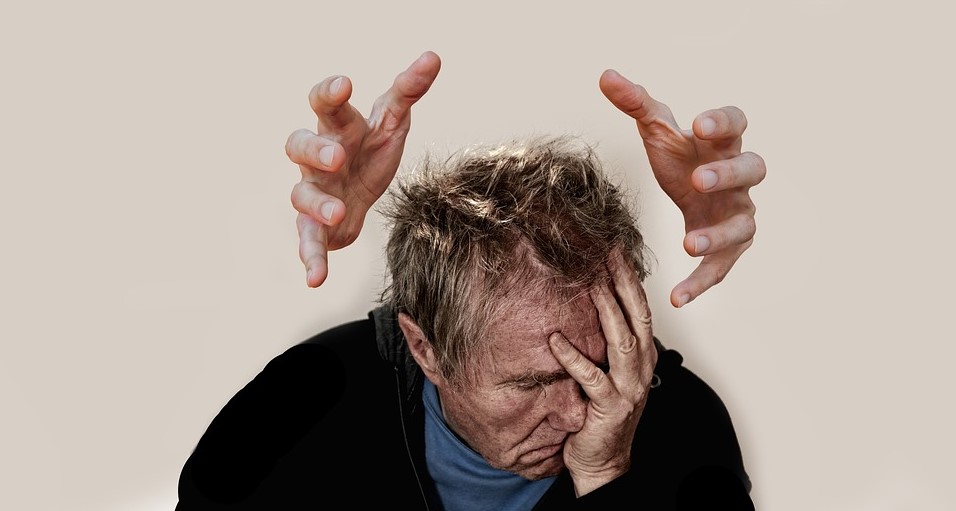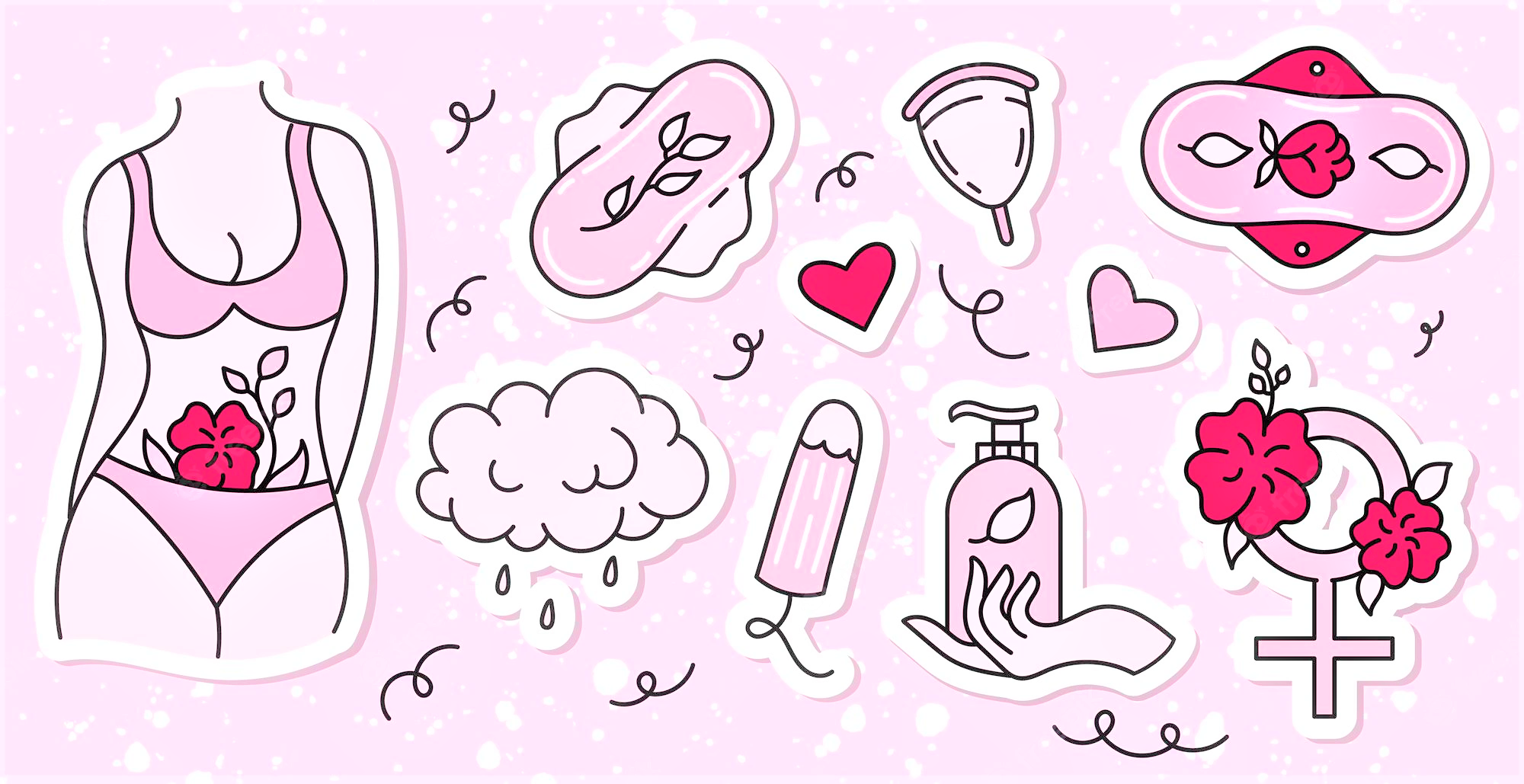Bipolar disorder (formerly known as manic-depressive illness or manic depression) is a mental illness characterized by unusual shifts in mood, energy, activity levels, concentration, and ability to carry out daily tasks.
People who do not have bipolar disorder experience mood swings as well. These mood swings, on the other hand, typically last hours rather than days. Furthermore, these changes are rarely accompanied by the extreme degree of behavior change or difficulty with daily routines and social interactions that people with bipolar disorder exhibit during mood episodes. Bipolar disorder can interfere with a person’s relationships with loved ones and make it difficult to work or go to school.
Bipolar disorder encompasses three distinct diagnoses: bipolar I, bipolar II, and cyclothymic disorder.
- Bipolar I Disorder
Manic episodes that last at least 7 days (most of the day, nearly every day) or manic symptoms that are so severe that the person requires immediate hospital care define bipolar 1 disorder. Depressive episodes are common and usually last at least 2 weeks. Mixed-symptom depression (having depressive and manic symptoms at the same time) is also possible. Rapid cycling is defined as having four or more episodes of mania or depression within a year.
Manic Episode Symptoms of Bipolar I Disorder
A manic episode is defined as a period of at least one week during which a person is extremely high-spirited or irritable most of the day on most days, has more energy than usual, and exhibits at least three of the following behavioral changes:
- Reduced sleep requirement (e.g., feeling energetic despite getting significantly less sleep than usual)
- increased or accelerated speech
- When speaking, uncontrollable racing thoughts or rapidly changing ideas or topics
- Distractibility
- heightened activity (e.g., restlessness, working on several projects at once)
- Increased risk-taking behavior (e.g., reckless driving, spending sprees)
Episode of Hypomania
A hypomanic episode is distinguished by less severe manic symptoms that must last no more than four days in a row rather than a week. Hypomanic symptoms do not commonly cause the major problems in daily functioning that manic symptoms do.
Major Depressive Episode.
A major depressive episode lasts at least two weeks and includes at least five of the following symptoms (including at least one of the first two):
- Deep sadness or despair
- Loss of interest in previously enjoyed activities Feelings of worthlessness or guilt
- Fatigue
- Sleeping more or sleeping less
- Appetite increase or decrease
- Pacing, for example, or slowed speech or movement
- Concentration problems
- Suicidal or death thoughts on a regular basis
Management and Treatment
Treatment for bipolar disorder usually improves symptoms. Medication is the cornerstone of bipolar disorder treatment, but talk therapy (psychotherapy) can assist many patients in learning about their illness and adhering to medications, thereby preventing future mood episodes.
The most commonly prescribed type of medication for bipolar disorder is known as “mood stabilizers” (e.g., lithium). These medications are thought to correct asymmetry in brain signaling. Because bipolar disorder is a chronic illness with recurrent mood episodes, ongoing preventive treatment is advised. Bipolar disorder treatment is tailored to the individual; people with bipolar disorder may need to try a variety of medications before finding the one that works best for them.
Family members may benefit from professional resources, particularly mental health advocacy and support groups, because bipolar disorder can cause serious disruptions in a person’s daily life and create a stressful family situation. Families can learn coping strategies, participate actively in treatment, and obtain support from these sources.
- Bipolar II Disorder
characterized by a pattern of depressive and hypomanic episodes, but the episodes are less severe than those seen in bipolar I disorder.
People with bipolar II disorder are more likely to have other mental illnesses, such as anxiety or substance use disorders, which can exacerbate symptoms of depression or hypomania.
Treatment
Bipolar II treatments are similar to those used for bipolar I: medication and psychotherapy. Depending on the severity of the symptoms, mood stabilizers and antidepressants are the most commonly used medications. If medication is ineffective and the depressive symptoms are severe, ECT (see above) may be used. Each person’s treatment is tailored to their specific needs.
- Cyclothymic disorder : (also known as cyclothymia) is characterized by recurring hypomanic and depressive symptoms that are not severe enough or last long enough to be classified as hypomanic or depressive episodes.
Symptoms of cyclothymic disorder include the following:
Many periods of hypomanic and depressive symptoms for at least two years, but the symptoms do not meet the criteria for a hypomanic or depressive episode.
The symptoms (mood swings) lasted at least half the time during the two-year period and never stopped for more than two months.
Treatment
Medication and talk therapy may be used to treat cyclothymic disorder. Talk therapy can help many people cope with the stresses of mood swings. Keeping a mood journal can help you spot patterns in mood fluctuations. Cyclothymia patients may begin and discontinue treatment at any time.





